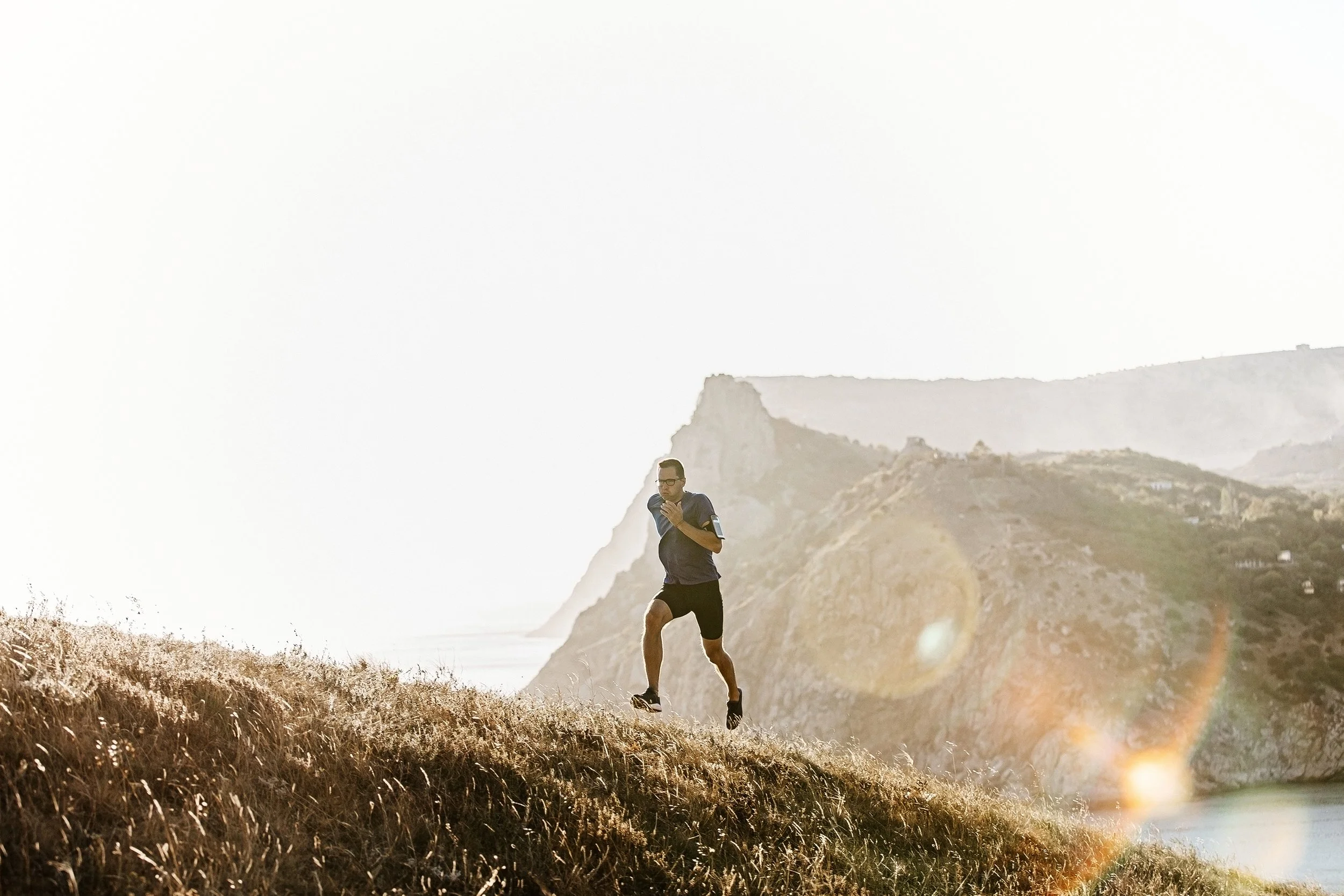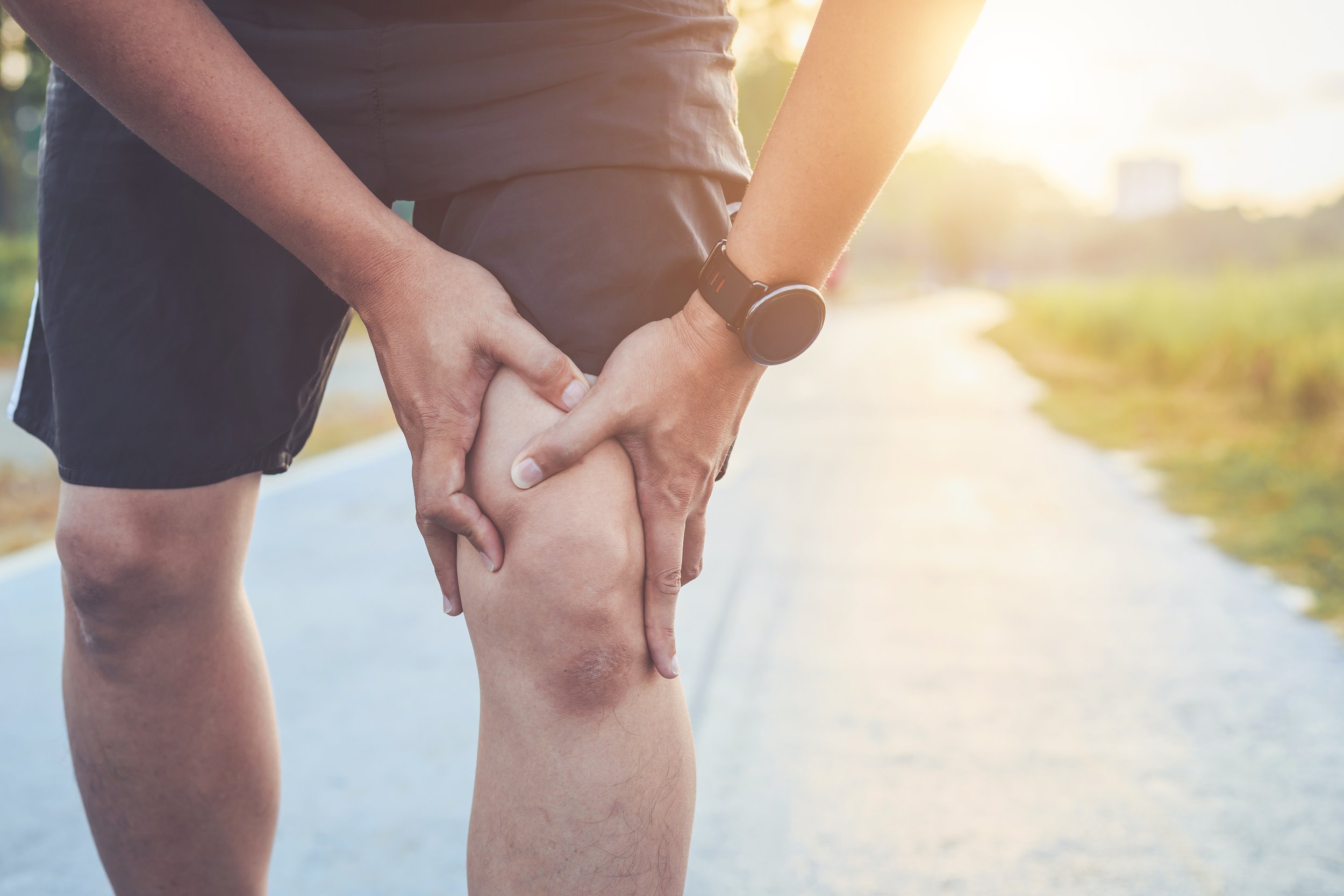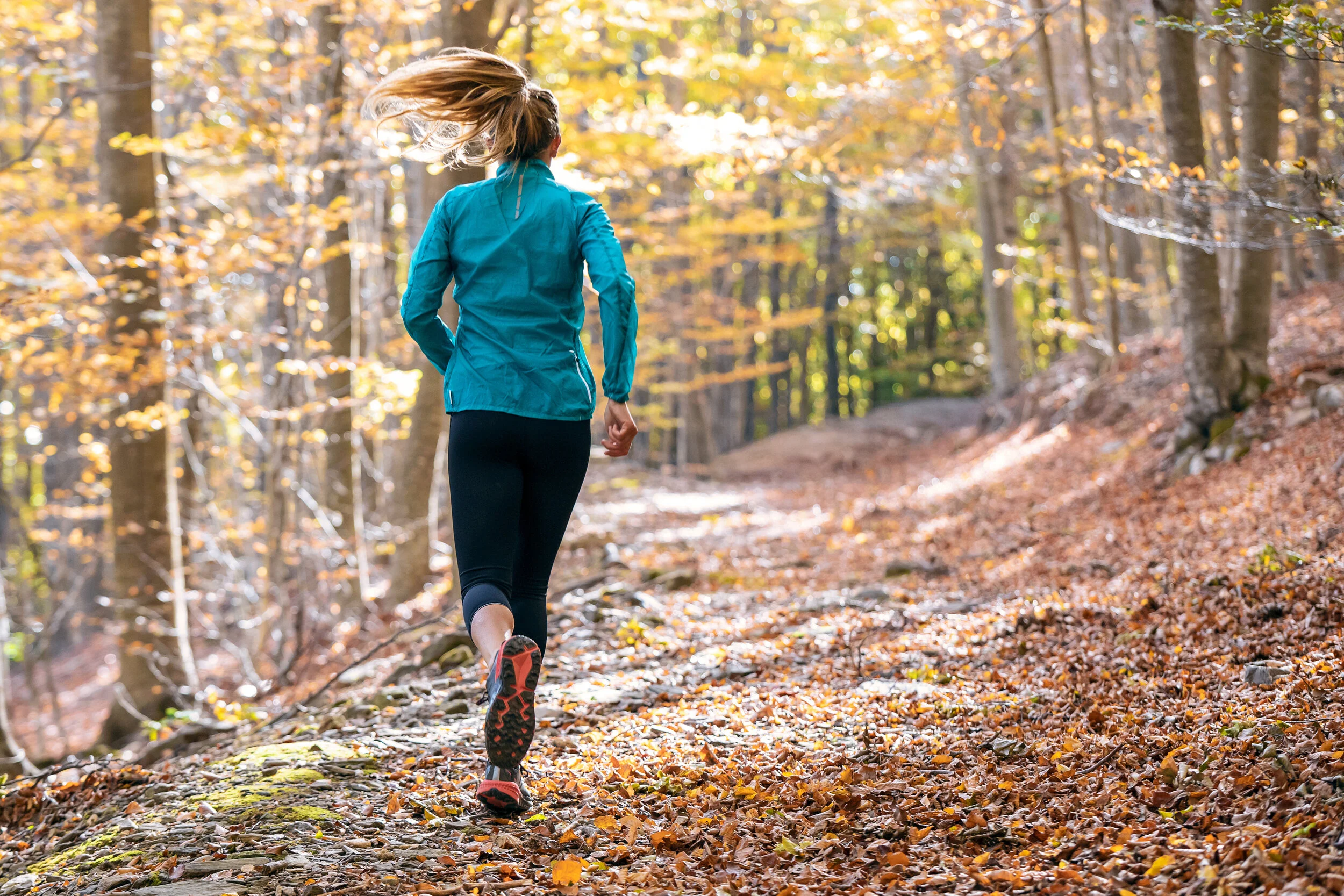It is that time of year where many people are hitting the pavement and trails ramping up for races or just general fitness goals. Some may have gutted out the wintry weather and tried to sneak in runs during breaks in the rain or indoors on the always reliable treadmill. With an increase in volume of running, we often see repetitive stress injuries that can come with inadequate attenuation of forces. If you’ve been running long enough, chances are you know someone or have a running partner who dealt with a recalcitrant tendon issue, whether involving the Achilles tendon, peroneal tendon or patellar tendon. Or maybe you had to deal with it yourself. If so, hopefully you’ve packed your patience as the process can be frustrating. If you have ever had these injuries sideline you then you know how it can hinder your ability to compete in athletic activities. It’s helpful to understand the physiology of what is happening to the tendon in order to know how best to treat it, ideally while working alongside a physical therapist familiar with running and jumping injuries.
Knee Osteoarthritis in Runners?
Does Running Cause Knee Arthritis?
In my practice, I frequently have the opportunity to interact with runners. Running is a repetitive activity that certainly has injury risk. I do frequently come across runners and people who have quit running saying something like: “I know running will give me arthritis, but I just love to do it.” or “I quit running because I was afraid of developing arthritis in my knees.” Common thought continues to be that the impact of running does lead to arthritis.
Examining the Evidence
Do our perceptions meet reality? Let’s look at the research to find out.
Patellafemoral Pain Syndrome (PFPS)
What is Patellofemoral Pain Syndrome?
Patellofemoral pain syndrome (PFPS), also known as “runner’s knee”, is a broad term that describes pain in the front of the knee and around the kneecap. It’s one of the most common overuse injuries of the knee. Although it’s more common in individuals that participate in sports with lots of running or jumping, it can occur in nonathletes as well.
Speed Skills
“Speed kills” is a phrase often heard in the athletic world to emphasize the idea that the faster the athlete is, the more successful he or she will be. As a health professional and a performance coach, it is important to teach athletes that being fast does not always have to rely on genetic background. There are plenty of specific mechanics that can turn speed into a skill.
Runner's High
Sometimes runners have a tendency to run and only run. For good reason. Running is fun, endorphins are released and running feels like an efficient use of your exercise time. If you are like me, I love putting races on my schedule to have something to aim for and to give me that extra push when I might otherwise not get out for a run. But to be a complete runner, one should think of running as going hand in hand with strength and stability training. Strength and stability training can be very beneficial to reduce the risk of injury as well as enhance running performance. Runners are often diagnosed with injuries including Achilles tendinopathy, patellofemoral pain syndrome, ITB syndrome, medial tibial stress syndrome (shin splints) and hip bursitis. Use of a formal training program has been found to decrease the risk of race related injury among half marathoners. Even elite runners have a strength and stability program built into their regimen.
Strength Training for Runners
Sometimes runners have a tendency to run and only run. For good reason. Running is fun, endorphins are released and running feels like an efficient use of your exercise time. If you are like me, I love putting races on my schedule to have something to aim for and to give me that extra push when I might otherwise not get out for a run. But to be a complete runner, one should think of running as going hand in hand with strength and stability training. Strength and stability training can be very beneficial to reduce the risk of injury as well as enhance running performance. Runners are often diagnosed with injuries including Achilles tendinopathy, patellofemoral pain syndrome, ITB syndrome, medial tibial stress syndrome (shin splints) and hip bursitis. Use of a formal training program has been found to decrease the risk of race related injury among half marathoners. Even elite runners have a strength and stability program built into their regimen.
Cadence
Cadence is a metric that can be used to help runners adopt a shorter stride in order to reduce the shock of impact. Research has shown cadence to play a primary role in addressing common running related injuries. Increasing your cadence can help decrease load on the hip, knee and decrease stress of the Achilles. A number of studies have suggested that a faster running cadence helps to adjust a runner's form, and in turn, may lead to fewer injuries. A quicker cadence generally leads a runner to hit midfoot or forefoot compared to runners with longer strides or over striding. This longer stride causes runners to extend their legs out in front of their body, creating a breaking effect. So, shortening your stride you also change the position of where your foot lands beneath you. The optimal placement of your foot is below your hips. If you focus on shortening your stride and increase your cadence your foot will automatically land under you. This is the point of your center of gravity and where the least amount of impact will occur.
Listening to a metronome is a great way to make sure you are keeping up with a good cadence. At the clinic we use the app called RunCadence which two PT’s created (one being the owner of LWPT). There are also ways to find songs that have certain beat per minute to run to as well if you do not like the beeping/metronome sound. The transition to faster cadence can feel foreign and challenging but as you continue to focus on your desired cadence it will feel like second nature. I usually start with only increasing the cadence by 5% until they feel like they can comfortably keep that cadence. It has been shown in research that 5% increase in step rate leads to a 20% reduction in energy absorption at the knee. So what is that magic number to aim for? Research has shown that a cadence of 180 steps per minute (spm) is the ideal number. However, every runner is different and each runner has a cadence that works best for them. Having a higher cadence and quicker turnover to decrease over striding is the main goal. Having 180 spm is just a nice reference point.
The Gluteus Medius
Whether someone is coming in for Physical Therapy for low back pain, hip pain, knee pain or ankle/foot pain I am always checking higher up the chain at the strength of their hips. My patients always ask me why we are strengthening their hips when they are coming in for their knee or ankle. When I mention that strengthening your glutes can help support what your leg does in weight bearing, people usually say “Oh, I have great glute strength”. However, a lot of people do not know that there are three main Glute muscles: gluteus maximus, gluteus medius and gluteus minimus. So, I wanted to write a brief article to give people more awareness of the importance of the gluteus medius and its effect on lower extremity injuries.
First, what is the gluteus medius? It is a muscle on the side of your hip. It resides underneath your gluteus maximus muscle (big buttocks muscle), and works with another small muscle, the gluteus minimus, to help support your hip. The gluteus medius muscle starts, or "originates," on the outer surface of the ilium (pelvic bone) and inserts on the greater trochanter of the femur and iliotibial tract.
The function of the gluteus medius muscle is to work with other muscles on the side of your hip to help pull your thigh out to the side in a motion called hip abduction. The gluteus medius also serves to rotate your thigh. The gluteus medius is an important hip stabilizer that helps to control the position of your pelvis, hips, knees, and ankles. If you have ever walked behind someone and saw a lot of hip sway or drop or their knees collapsing in, that can be due to weakness in their gluteus medius muscles. This is called: The Trendelenburg sign. It is when the muscle is unable to work efficiently due to pain, poor mechanics or weakness. What you will see is the pelvis will drop on the opposite side to the weakness. Trunk compensation is often observed with a Trendelenburg gait.
The gluteus medius muscle is important in walking, running, jumping, sports and day to day activities. For example, when walking or running and lifting your left leg up and forward to propel forward, the gluteus medius is working eccentrically to keep your body/pelvis level. When you have weakness in your gluteus medius, this may cause your thigh to angle inwards and rotate abnormally during walking, running, and jumping. This may cause excessive stress through your knee and ankle and may place you at increased risk of injury if the weakness persists.
The reason to work on strengthening your hip muscles for lower extremity injuries is very important. The gluteus medius may indirectly contribute too many other lower extremity problems. Weakness in this muscle group has been implicated in conditions such as: hip and knee pain, Patellofemoral stress syndrome, IT band syndrome as well as ankle and foot pain due to the internal rotation of the tibia and pronation of the midfoot.














